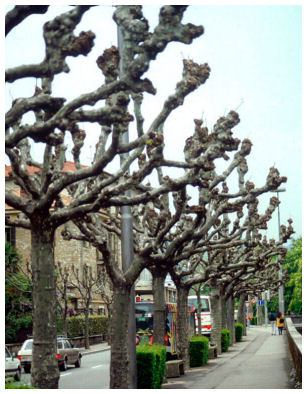http://www.wickedlocal.com/provincetown/news/x931232830/Town-Hall-pear-trees-cut-back
This happened in Provincetown while they rebuild Town Hall. The trees used to be pretty big, probably 30' diameter of foliage. They did the pollarding to reduce the roots as a result of not having as much foliage and branches to supply energy for. Can cutting it back this severe work and will the trees survive? They were pretty trees but the town wants to be able to see the building more. Usually it's the other way around, wanting to plant more and bigger trees to hide a building but remember where we're talkng here ....
This happened in Provincetown while they rebuild Town Hall. The trees used to be pretty big, probably 30' diameter of foliage. They did the pollarding to reduce the roots as a result of not having as much foliage and branches to supply energy for. Can cutting it back this severe work and will the trees survive? They were pretty trees but the town wants to be able to see the building more. Usually it's the other way around, wanting to plant more and bigger trees to hide a building but remember where we're talkng here ....


























































